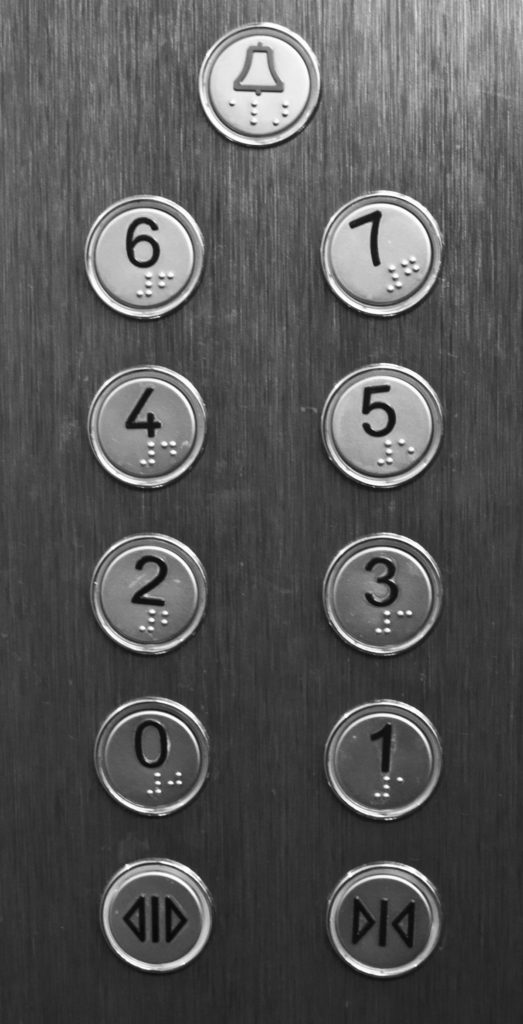May Tip: Don’t push that button!

A number of years ago I read something in one of Rick Hanson’s books that woke me up. Hanson writes about our brains and how they work. He brings a Buddhist perspective to his writing; thus, learning to be compassionate with ourselves as we navigate what it means to live with awareness and purpose is foundational to his work.
He wrote that the ‘natural life span’ of any emotion is only 90 seconds. We can feel it and let it go, which is what we do with most feelings. Or we can feel it and hit the reset button, so we feel it again. For happy, positive feelings, we might desire to repeat them, so they amplify and reward us. They might make us laugh or feel gratitude and appreciation.
However, for negative emotions: sadness, anger, guilt and other feelings that cause pain, many of us push the button over and over until we are swimming in the hard feelings, overwhelmed and disrupted.
It isn’t always volitional. Our emotions come with chemistry. Happy positive emotions trigger endorphins such as serotonin, oxytocin, and dopamine. Our painful emotions come with adrenaline and other things that get us worked up. Sometimes that is good, we need those powerful drugs to get us through hard times. They can protect and motivate us to action. However, too many of them, too often, suppress our immune systems and leave us depressed and anxious.
While it isn’t all that simple, the idea that we might be at choice for how we experience and manage our feelings intrigues me. I think it connects to our need to feel in control of the world around us. That common fact is why certain kinds of buttons, like the ones for crossing some streets, and opening or closing elevator doors, invite us to act, but are actually programmed by their operating systems. They just give us the illusion of being in control.
A number of years ago, Seattle’s Virginia Mason Hospital installed disconcerting new elevators. Before entering them, you’re instructed to press the floor you are going to. A mechanical voice then tells you which car to take: A, B, C, etc. The voice announces its arrival, the door opens – and you are in a car with no buttons to push. No array to remind it that you want to go to 10 or 6 or wherever. The feelings of discomfort and confusion can be almost unbearable for those of us who need to be in control. We have no choice but to manage our anxiety and trust we will wind up on our intended floor.
Having recently spent a number of days visiting a friend at Virginia Mason, I believe I have been de-conditioned. I followed the disembodied voice’s instructions, entered the floor I wanted, and blithely exited on the correct floor. After a week of that experience, I now feel annoyed at ordinary elevators, with their ongoing demands for button pushing.
Now I am working on trusting my own operating system. I try to feel what I feel fully – 90 seconds really is a sizable chunk of time – and move on to what is next. There will always be a next feeling. I don’t need to hit reset!
